I recently had a delegate on our Business Architecture Mastery Programme ask the above. It is a deep question with a number of dimensions. We have some ideas and a bit of experience...
Capability
First, we have a different take on what a Capability means. Most methods define it a bit fuzzily as "something a business can do" or similar. That is not too different from a Business Function. They use Capability so people don't get confused with Functions used in Organisation Design, which might refer to “HR” or “Finance”.
We think a Capability implies quite a bit more. It implies delivering something of value to a client (potentially internal). There is much more detail in an earlier post. See comments for link.
Motivation
When we want to start discussing improvement, we then also need to think about motivation. What do we want to change (improve), why and how? These motivations could come from a number of sources and will be different for various stakeholders. We need to find a way to merge them and reach consensus on what "improvement" means. Please see the blog entry for a view on merging motivations (link in comments)
Metrics
Once we understand what we value and how it should be improved, we then need suitable metrics. These will depend upon the agreed goals. One stakeholder group (eg investors via the stock exchange) may only be interested in financial performance this quarter. Another stakeholder group (say employees) will be interested in job security. Another group (the community) will want to be assured that we have improved our environmental footprint, etc.
There are a variety of ways we can measure a business, its performance and its health, including traditional financial measures, balanced scorecards, customer satisfaction, sustainability metrics, strategic health checks, maturity models and industry metrics frameworks, etc.
Baseline
Next we need to know the baseline we are improving from. That involves gathering the facts for the chosen metrics via a variety of methods including accounting, scorecards, business intelligence, survey, workshop, etc.
Run the Initiatives
Finally, we can the implement our changes and then measure again.
Tracking
For tracking, we like to use a hierarchical model proceeding through layers of mission/goals/objectives which we then colour code based upon current performance (red for poor to green for excellent). This give a visual "heat map" of where to focus attention. Put it on a wall! Then measure again in about 3-6 months, depending upon the volatility of your industry. Using the new measures, update the colour coded model. Of course, also update the model itself with new concerns, insights and learning.



